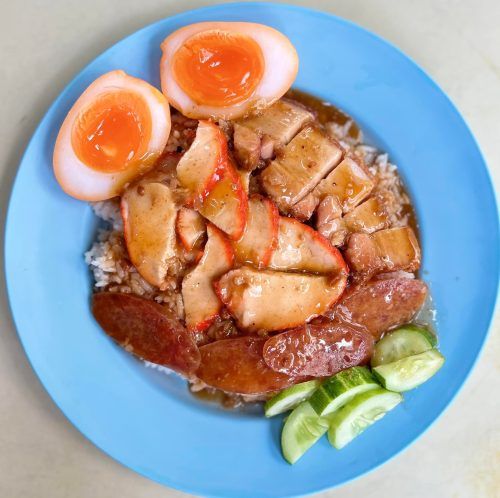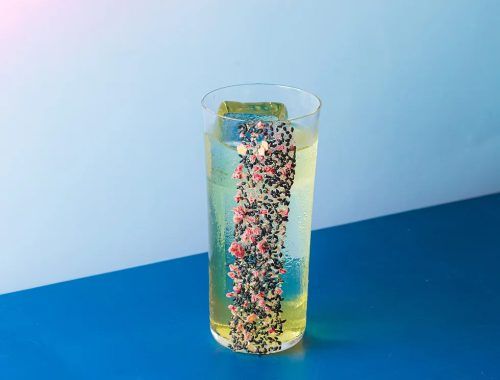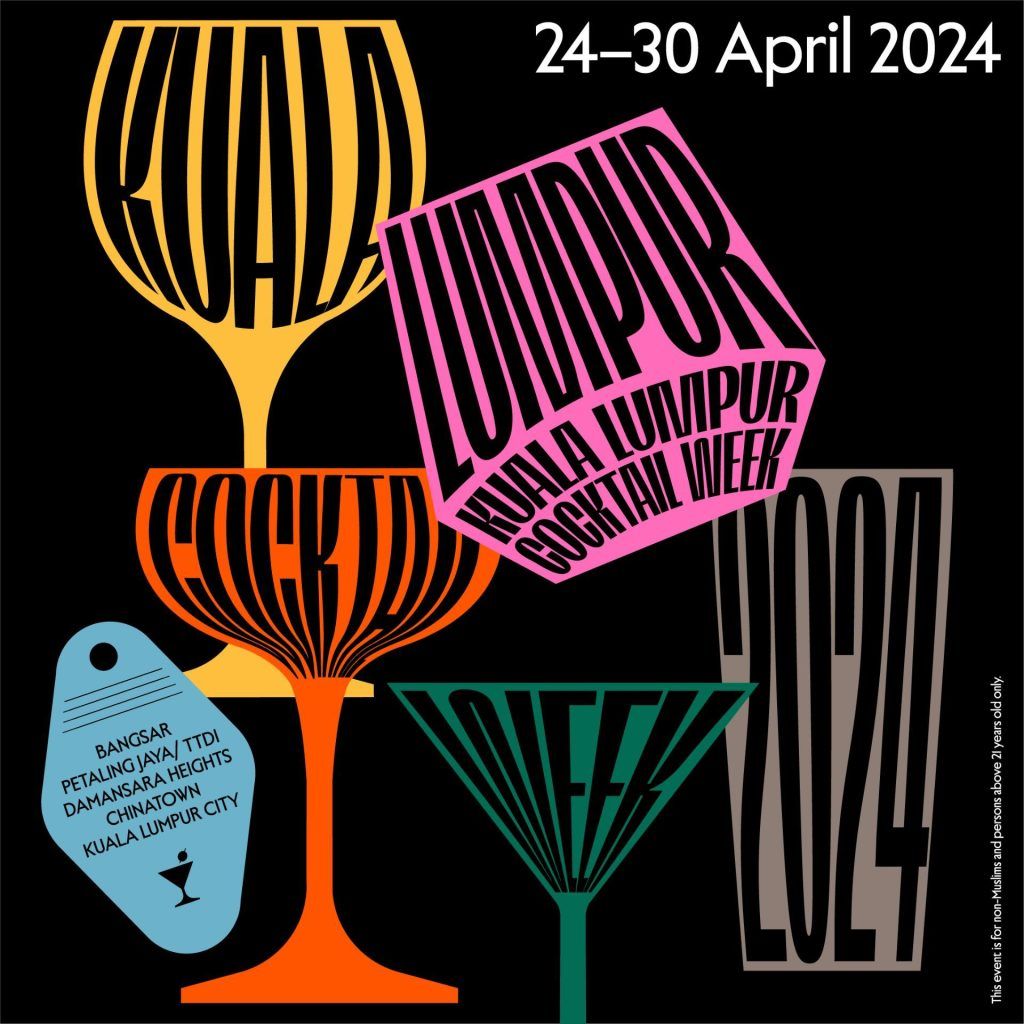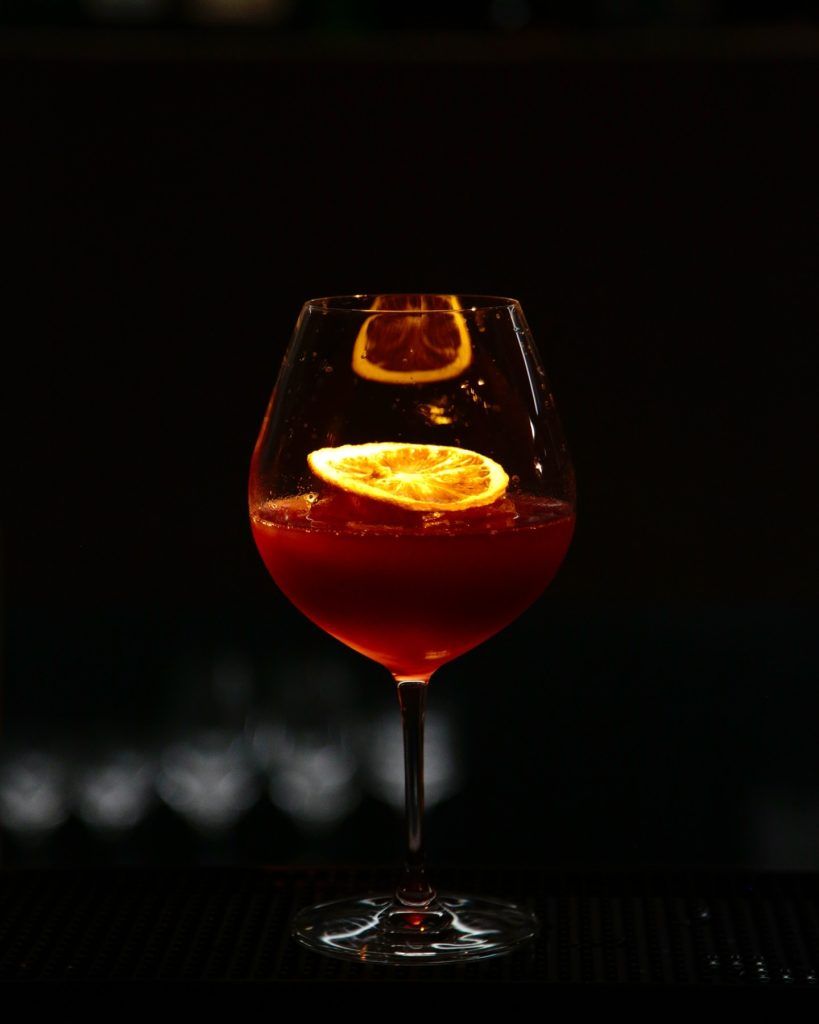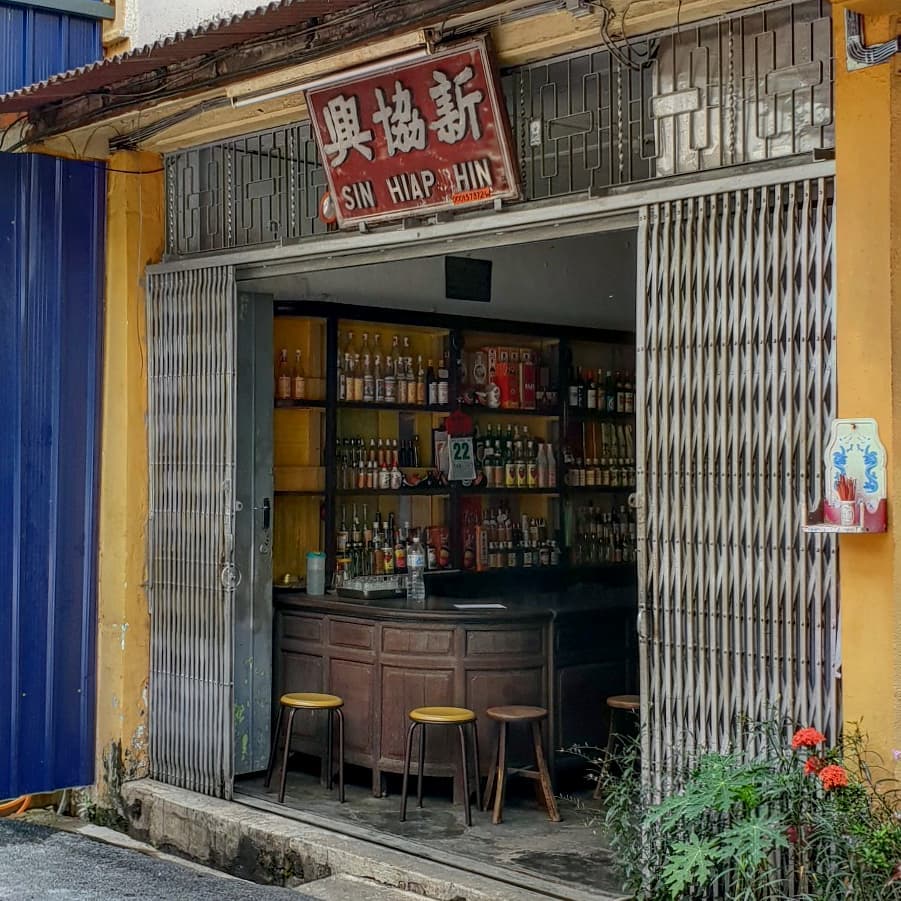Sometimes you feel peckish, but not for food. These Thai drinks will keep your taste buds entertained for a while. But what are the best Thai drinks you can get in Thailand? Read on for our ranking and our rating.
It’s really true that you can find something to eat no matter the time of day in Thailand. The same also goes for drinks. Even if there are no drinks stalls and tea places open, there are drinks almost identical in taste offered in mini marts and Mom and Pop shops down the soi.
Spoiled for choice on which Thai drink would work best for your craving? We’ve got you covered.
[Hero and Featured Image Credit: Jony Ariadi/Unsplash]
Ranking the best Thai drinks, from Thai iced tea to roselle juice
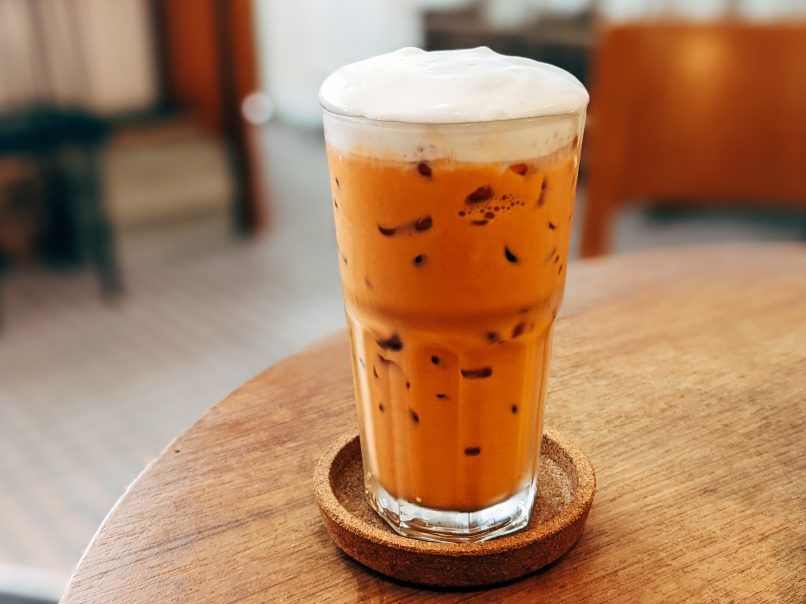
Thai iced tea
Ceylon black tea, condensed milk, and sugar—these were the ingredients chosen to create the perfect drink. But Professor Utonium accidentally added an extra ingredient to the concoction: whole milk, poured on top. Thus, the Thai iced tea was born, and to this day, is inarguably the most popular Thai drink.
Taste: The punch of Ceylon coupled with the creaminess of the milks are perfect to begin mornings if you’re looking for a coffee alternative. You can also grab one for a quick sugar rush during the day.
Availability: Practically in every cafe, coffee shop, restaurant, hotel, and more. So, everywhere.
Thainess: It’s the drink people associate Thailand with, so that’s the most Thai drink you can get.
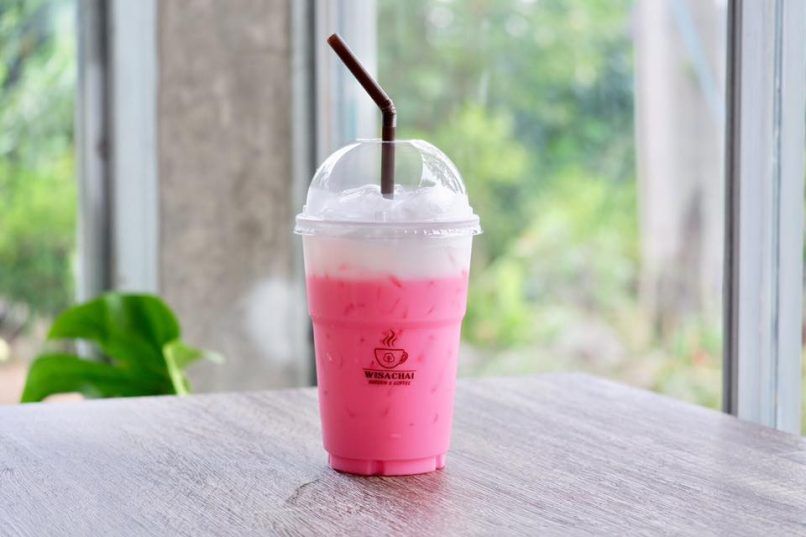
Nom yen (cold milk)
Translated to “cold milk,” nom yen is made from cold milk and salak syrup. It’s very popular in drink form, and as a flavour for shaved ice, which Thai people pair with bread and other sides. Simple but satisfying, it is certainly one of the Thai drinks visiting friends should try while in Thailand.
Taste: Sweet but not overbearing, absolute banger on a hot day (so, like, everyday).
Availability: Can be found in almost every place that sells coffee in Thailand.
Thainess: It can be argued that the salak fruit isn’t inherently Thai, but Hale’s Blue Boy, where coffee shops typically buy for the salak flavour from, has been in Thailand since 1959. We’re pretty sure that we made it our own after almost 80 years.
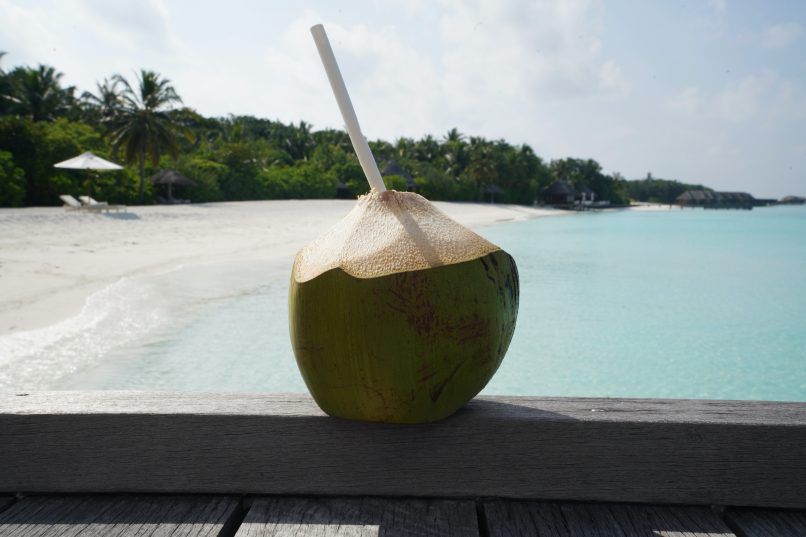
Coconut water
Packed with electrolytes and a distinct refreshing flavour, coconut water is the super hydrating choice popular in various parts of Thailand, especially the provinces near the sea. All those benefits available at your fingertips with a very low calorie level make it easy to see why it’s so beloved. Get a good mixologist in the house and you have yourself a nice tiki cocktail, too. The options are endless.
Taste: The taste has become synonymous with the beach itself, so full marks on that front.
Availability: Easily found in Bangkok, as well as near the sea. Still, the mark up in tourist areas is insane.
Thainess: It’s a must-have when in Pattaya, Phuket, Samui, and the likes, but is it “Thai?” Not really.
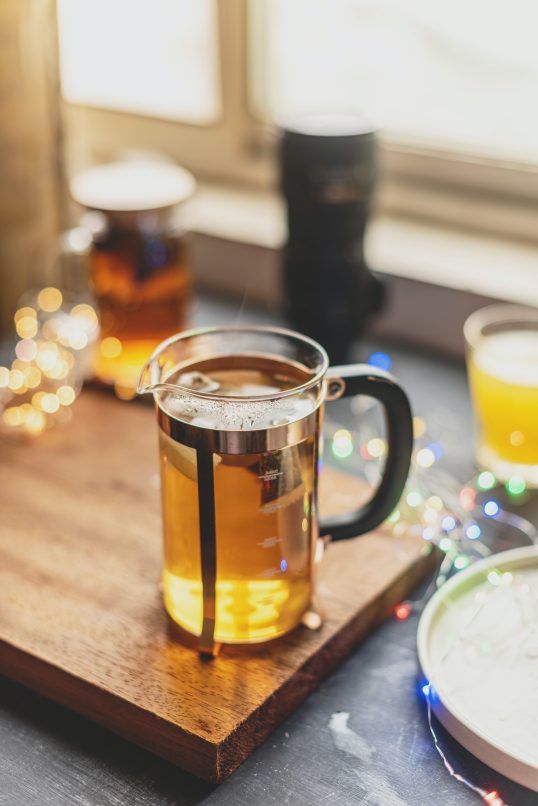
Chrysanthemum tea
Packed to the brim with health benefits, chrysanthemum tea is the herbal drink prevalent among the Chinese community in Thailand. While many foreigners may be more familiar with the chrysanthemum flower being made into hot tea, the Thai-Chinese community added some syrup, packed the glass with ice, and turned it into a refreshing alternative to combat any hot day.
Taste: Herbal, and very nice with sugar. A great gateway drink for your kids to get into herbal drinks. Some places make it way too sweet, though.
Availability: Commonly found in Thai-Chinese businesses. Almost every restaurant in Yaowarat has their own brew ready to be served.
Thainess: Not actually Thai at all, but still a big part of the Thai-Chinese community here, so somewhat Thai in that sense.
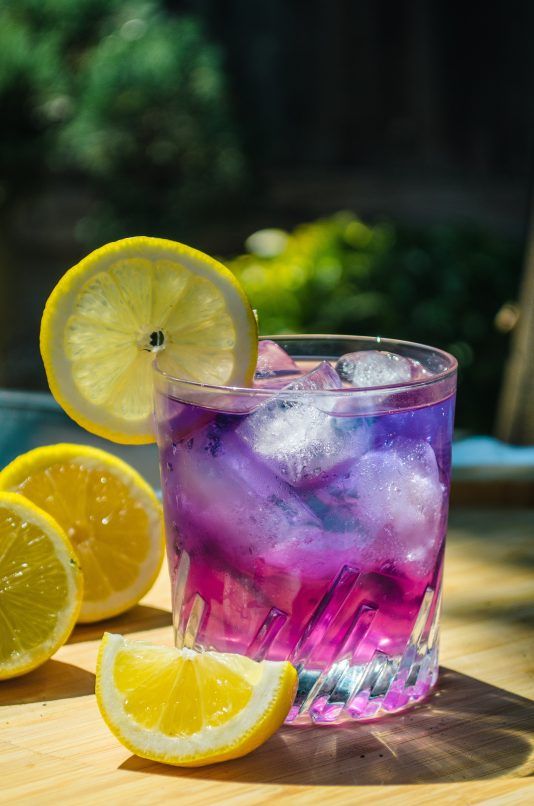
Butterfly pea tea
There’s simply no better afternoon pick-me-up, period. This Thai drink is underrated by the crowd—a light, crisp flavour with a herbal aroma owing to the Asian pigeonwings flower. It normally has a deep blue colour by nature, but comes with an extra wow factor: add lemon juice to the drink and it turns into a beautiful purple colour.
Taste: Goes amazingly well with lemon juice. Perfect for in between meals. A fresh take on your regular iced tea.
Availability: Quite hard to find compared to other herbal drinks. Normally found in floating markets, Thai spas, and, oddly, shabu restaurants.
Thainess: One of the herbal drinks that is very Thai, as butterfly pea can be commonly found in Southeast Asian countries. To our knowledge, the countries that add lemon juice and ice are Thailand and Vietnam.
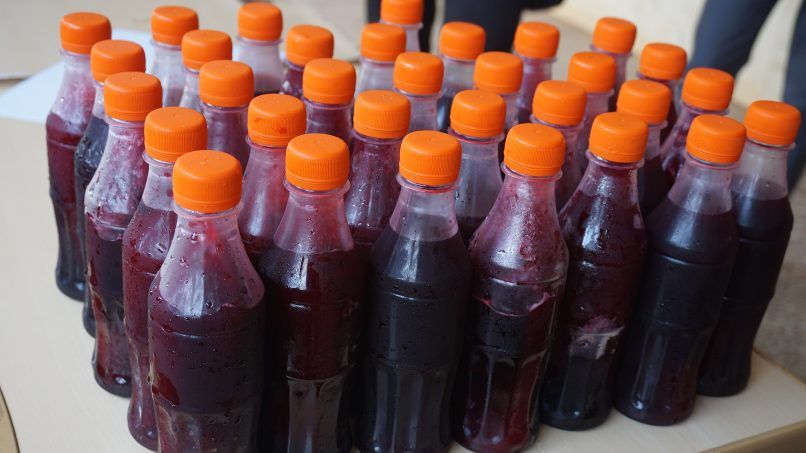
Roselle juice
Roselle juice has a mesmerising deep red colour from the roselle plant, a variety of the hibiscus flower. Apart from being refreshing in nature, the plant also has anti-inflammatory and anti-oxidant properties. Some studies even show that it lowers blood pressure, too, so this drink has become very popular for people of all ages.
Taste: Very notably herbal in taste, with a sharp tanginess.
Availability: Not very common anymore, but Thai restaurants and markets still have them. Some hotels like to offer this as a welcome drink.
Thainess: It’s quite hard to pinpoint its origins, since the roselle plant can be found in Southeast Asia, as well as West African countries. However, it has become a staple in Thai establishments.

Oliang (Thai iced coffee)
Oliang is best described as “Thai iced coffee.” It’s prepared with Robusta coffee, brown sugar, and various grains and seeds ranging from cardamom to sesame. The coffee aroma coupled with the smokiness of the roasted grains really give this Thai drink a unique sensation.
Taste: It’s certainly got the caffeine punch, but the smoky notes of the seeds really elevate the drink. All that for what, THB 40? A fantastic coffee break.
Availability: It has become harder to find, since it’s normally only found in streetside stalls, but many coffee shops are bringing Oliang back into their menus.
Thainess: Even though Oliang is labeled as Thai, and its history isn’t very clear, the word Oliang is of Teochew pronunciation. So, it’s a bit more on the Thai-Chinese side rather than being fully Thai.





